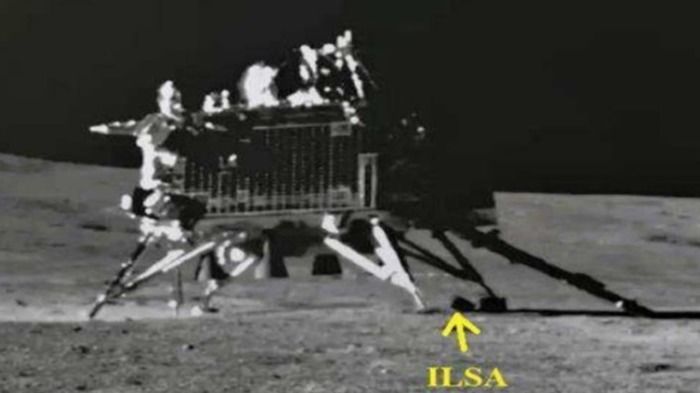New Delhi: Nearly a year after India’s Chandrayaan-3 mission landed on the Moon, interest has surged in its seismic findings. From August 24 to September 4, 2023, the Instrument for Lunar Seismic Activity (ILSA) aboard the Vikram Lander recorded 250 seismic signals.
In 2023, the Indian Space Research Organisation ( ISRO ) confirmed that the ILSA payload, the first Micro Electro Mechanical Systems (MEMS)-based instrument deployed on the Moon, captured data on movements of the Pragyan Rover and other mission payloads.
What did Chandrayaan-3’s Vikram detect?
Of the 250 seismic signals, about 200 were linked to known mission activities such as the rover’s movements or operations of scientific instruments like the Alpha Particle X-ray Spectrometer (APXS) and the ChaSTE thermal probe.
However, 50 seismic events, termed “uncorrelated,” could not be explained by mission-related activities, hinting at the possibility of genuine moonquakes. These unexplained signals varied widely—some were brief, impulsive bursts, while others were longer and more gradual. The frequency of these signals ranged from 1 Hz to 50 Hz, with a few unusual high-frequency events reaching up to 94 Hz, suggesting complex causes.
Several theories have emerged regarding these mysterious seismic events. One theory proposes that micrometeorite impacts on the lunar surface may have caused detectable vibrations. Another suggests that extreme temperature fluctuations on the Moon—ranging from -20°C to +60°C during a lunar day—could cause soil expansion and contraction, leading to seismic activity.
ILSA, utilizing MEMS technology, is the first instrument of its kind to operate on the Moon since the Apollo missions. Its location in the lunar south polar region makes these seismic recordings especially significant, marking the first data from this part of the Moon.
This discovery not only highlights the advancements of India’s space program but also opens new pathways for understanding the Moon’s geological processes and internal structure. As scientists continue to study the data from Chandrayaan-3, these potential moonquakes may offer valuable insights into lunar seismology and expand our understanding of planetary seismic activity.
About Chandrayaan 3
Chandrayaan-3 is the third mission in India’s Chandrayaan program, a series of lunar exploration missions developed by the Indian Space Research Organisation ( ISRO ). The mission, comprising the Vikram lunar lander and the Pragyan lunar rover, was launched from the Satish Dhawan Space Centre on July 14, 2023.
The spacecraft entered lunar orbit on August 5, 2023. On August 23, at 18:03 IST (12:33 UTC), India achieved a historic milestone by becoming the first country to land near the lunar south pole, at 69°S, marking the southernmost lunar landing. This successful touchdown made ISRO the fourth space agency to land on the Moon, following the USSR, NASA, and China’s CNSA.
250 Quakes on Moon? Chandrayaan-3’s Mysterious Findings Leave Scientists Puzzled world-news World News | Latest International News | Global World News | World News Today




